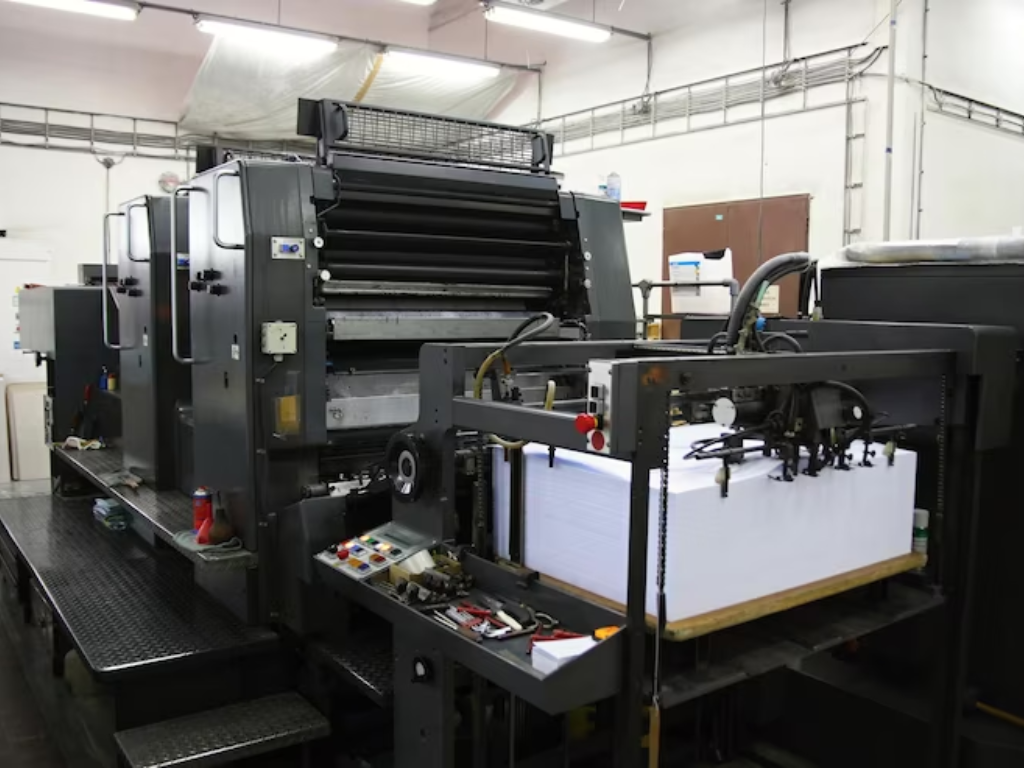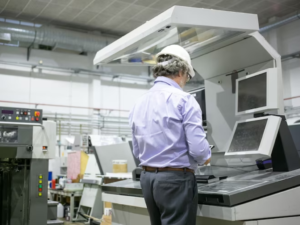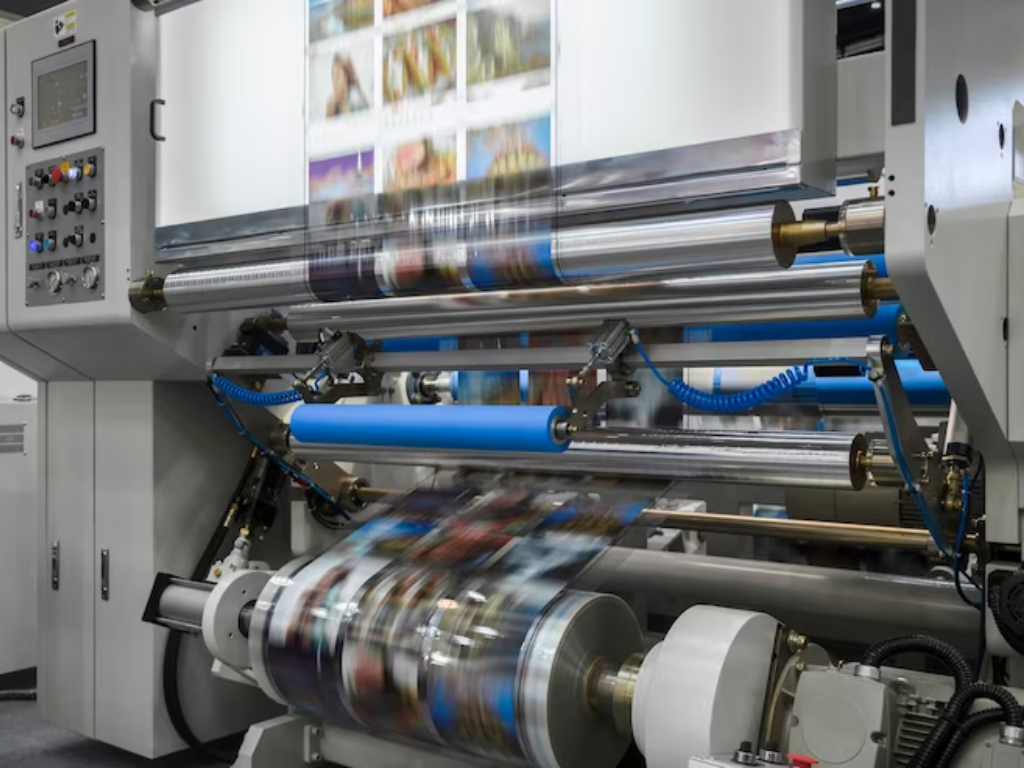
Offset printing is a commonly used printing technique that involves transferring ink from a
metal plate to a rubber blanket and then onto the printing surface. It is called; because
the ink is not directly applied to the paper or other materials. Instead, it is offset onto the rubber
blanket before being transferred to the final substrate.
Offset printing offers high-quality and consistent results, making it suitable for large-scale
printing projects. It is commonly used for various materials like brochures, catalogs, magazines,
books, stationery, and other promotional materials.
What are the benefits of offset printing for brochures and flyers services?
In order to let you know about the offset printing for brochures and flyers services then make
sure to go through the points mentioned below:-
1. High-Quality Output:
Offset printing produces sharp and detailed images with consistent
color accuracy. The process uses Pantone color matching and can achieve a wide color
gamut, ensuring that your brochures and flyers look professional and visually appealing.
2. Cost-Effective for Large Quantities:
Offset printing is highly efficient for large print runs.
As the quantity increases, the cost per unit decreases, making it a cost-effective option
for producing brochures and flyers in bulk.
3. Versatile Paper Options:
Offset printing supports a wide range of paper options,
including different weights, finishes, and textures. This allows you to select the ideal
paper that aligns with the purpose and desired aesthetics of your brochures and flyers.

4. Consistency and Color Accuracy:
Offset printing employs precise color control and
calibration, resulting in consistent color reproduction across different copies. This
ensures that your branding elements, images, and colors remain consistent throughout
the entire print run.
What Are the Latest Trends in Offset Printing for Brochures and Flyers?
Following are some of the latest trends in offset printing for brochures and flyers:
1. Sustainable Printing:
With a growing focus on environmental sustainability, there is an
increasing demand for eco-friendly printing practices. Offset printing has made significant advancements in reducing waste, using vegetable-based inks, and utilizing recycled or FSC-certified paper options. Clients are seeking printing services that
prioritize sustainability and offer environmentally responsible options.
2. Customization and Personalization:
Personalized marketing has become a key strategy
for businesses. Offset printing enables the integration of variable data printing (VDP)
techniques, allowing for the customization of brochures and flyers based on individual
preferences, demographics, or purchasing behavior.

3. Special Finishes and Effects:
To create visually captivating brochures and flyers, offset
printing now offers a range of special finishes and effects. These include spot UV
coatings, metallic inks, embossing, debossing, foil stamping, and die-cutting.
4. Creative Folded Formats:
Brochures and flyers are no longer limited to traditional folding
styles. Offset printing allows for innovative and unique folded formats, such as gate
folds, accordion folds, roll folds, or die-cut folds. These creative folding techniques
provide a dynamic and interactive experience for recipients, capturing their attention and
generating interest.
For more info make sure to reach out to us at Dubaipp which serves you an augmented solution
in every single aspect.





